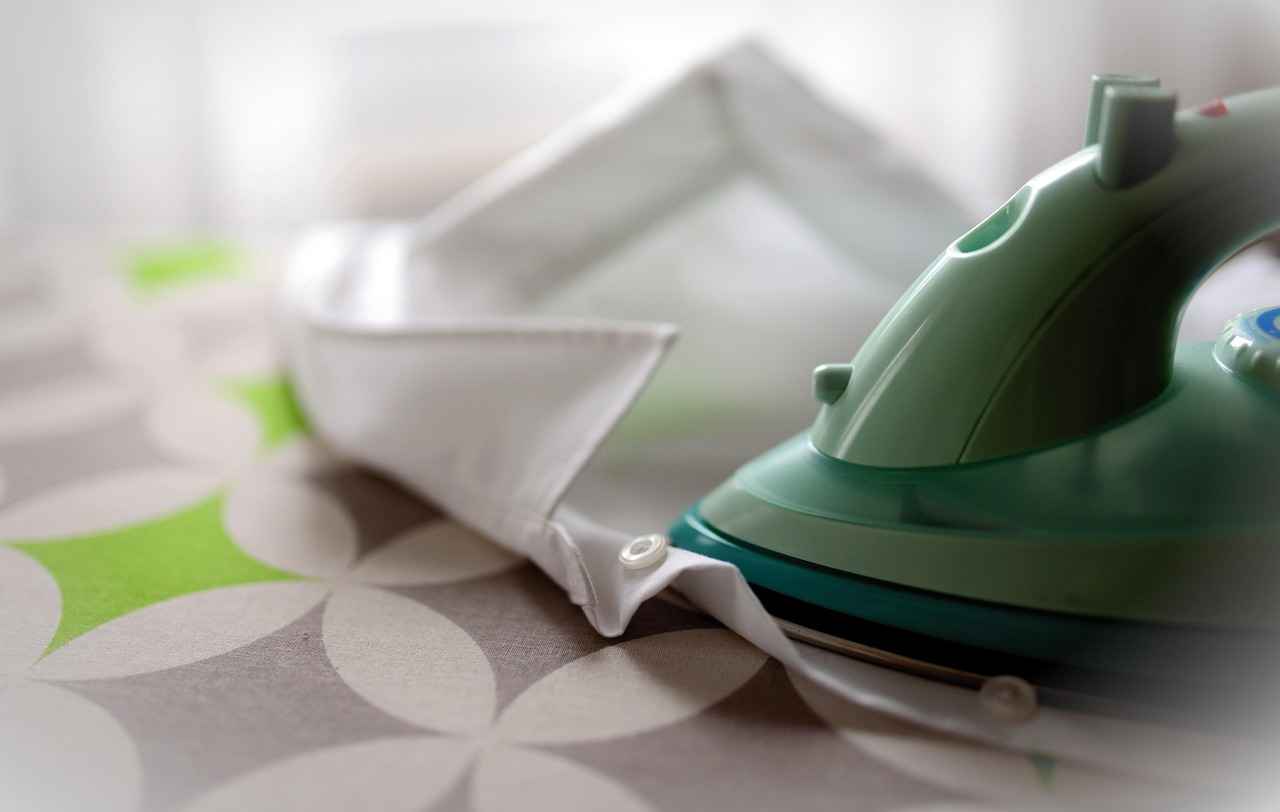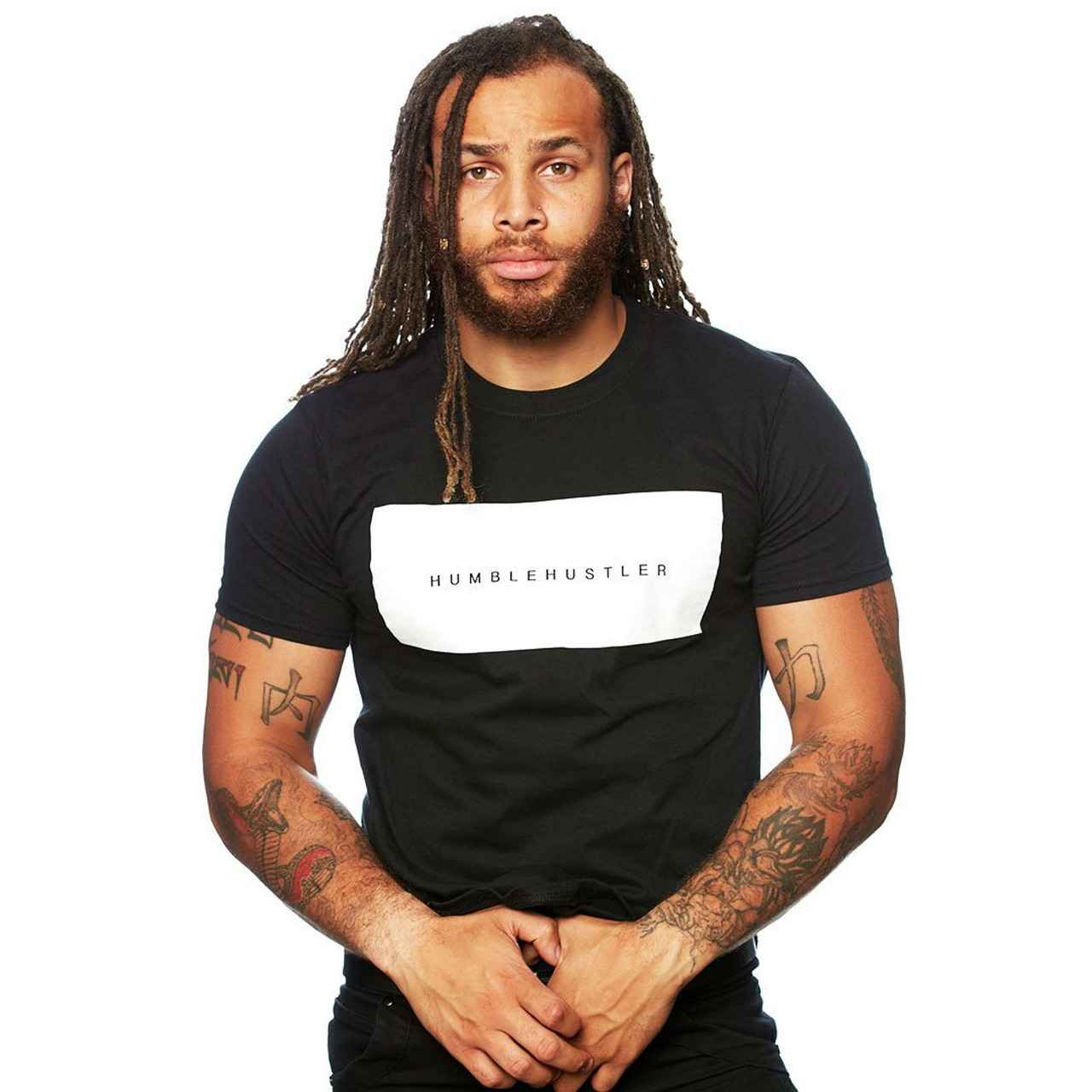Creating custom shirts with your own artwork can be a fulfilling and creative endeavor. This article delves into the intricate process of designing and producing custom shirts that showcase your unique artistic flair. We will cover essential aspects such as material selection, various printing techniques, and valuable tips to ensure your project is a success.
Understanding the Basics of Custom Shirt Design
Before embarking on your custom shirt journey, it’s crucial to grasp the fundamentals of design. Key elements include color theory, typography, and layout principles. Familiarizing yourself with these concepts will enhance the visual appeal of your shirts.
Choosing the Right Fabric for Your Custom Shirt
Fabric selection is vital for both comfort and durability. Consider popular materials such as:
- Cotton: Soft and breathable, ideal for casual wear.
- Polyester: Durable and moisture-wicking, great for active wear.
- Blends: Combining fabrics can offer the best of both worlds.
Understanding Printing Techniques for Custom Shirts
The printing method you choose can dramatically affect the final look of your shirts. Common techniques include:
- Screen Printing: Ideal for bulk orders, offering vibrant colors.
- Direct-to-Garment (DTG): Perfect for intricate designs with many colors.
- Heat Transfer: Allows for quick application and customization.
Design Software Options for Creating Artwork
Utilizing the right software is essential for producing high-quality designs. Popular choices include:
- Adobe Illustrator: Industry standard for vector graphics.
- CorelDRAW: Another powerful vector design tool.
- Canva: A user-friendly, free alternative for beginners.
Finding a Reliable Printing Service
Choosing a trustworthy printing service is crucial for achieving the desired quality. Research local and online options, comparing costs and reviews to find the best fit for your needs.
Marketing Your Custom Shirts
Once your shirts are ready, effective marketing strategies are essential to reach your target audience. Leverage social media platforms, create engaging content, and consider setting up an online store on platforms like Shopify or Etsy.
Conclusion: Bringing Your Custom Shirt Ideas to Life
Creating custom shirts featuring your artwork is not only a creative outlet but also a potential business venture. With the right materials, printing techniques, and marketing strategies, you can successfully share your unique designs with the world.
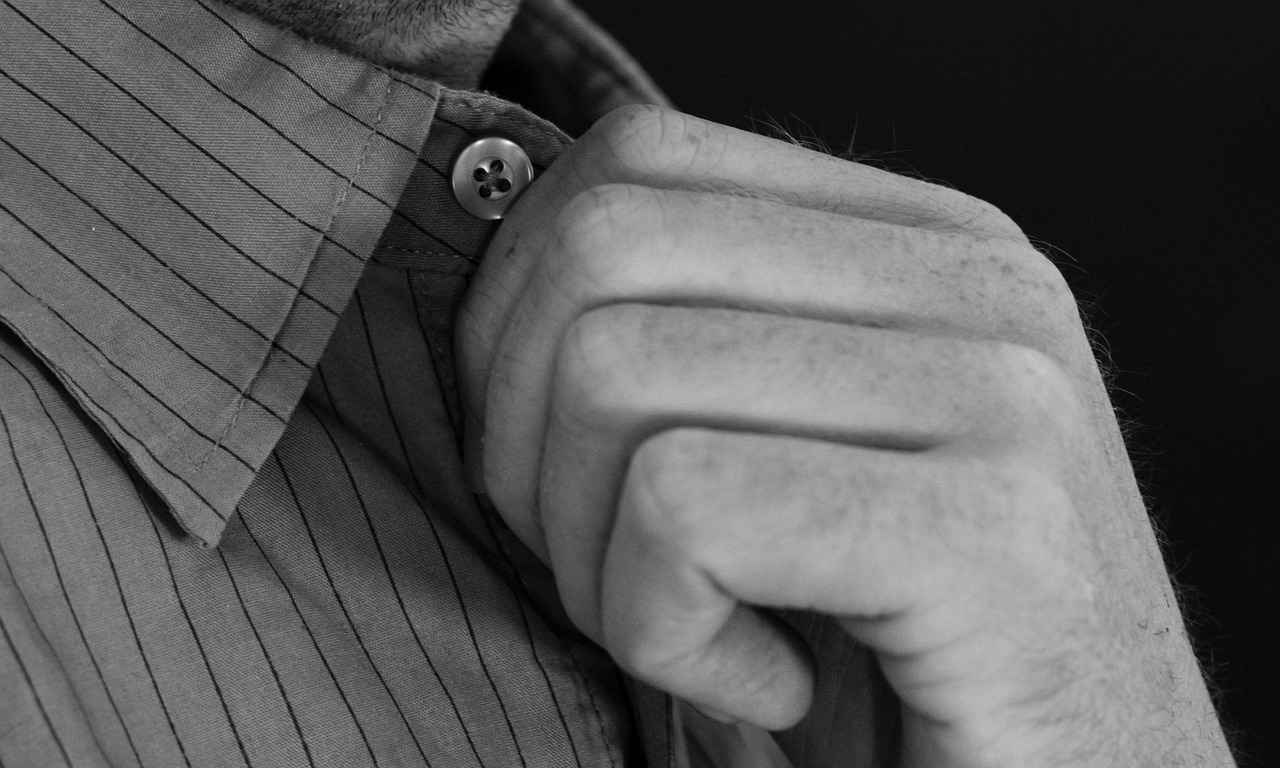
Understanding the Basics of Custom Shirt Design
Before embarking on the journey of custom shirt creation, it is crucial to grasp the essential principles of design. This foundational knowledge not only enhances your creative process but also ensures that your final product resonates with your target audience. Here are some key aspects to consider:
- Color Theory: Understanding color theory is vital in design. Colors evoke emotions and can influence consumer behavior. Familiarize yourself with the color wheel, complementary colors, and the psychology behind color choices. For instance, warm colors like red and orange can create excitement, while cool colors like blue and green evoke calmness.
- Typography: The choice of font can significantly impact the readability and aesthetic of your shirt design. Consider the mood you want to convey. Serif fonts often appear more traditional, while sans-serif fonts are seen as modern and clean. Ensure that your text is legible from a distance, especially if it includes important messages.
- Layout Principles: Effective layout is crucial for visual appeal. Balance, alignment, and hierarchy are fundamental principles that guide the placement of elements in your design. A well-balanced design draws the eye naturally, while proper alignment ensures a professional look. Use grid systems to maintain consistency across your designs.
Additionally, it’s important to consider how these elements interact with each other. For example, a bold typography choice may require a simpler color palette to avoid overwhelming the viewer. Experimentation is key; don’t hesitate to create multiple drafts before settling on a final design.
By mastering these fundamental aspects of design, you will be well-equipped to create custom shirts that not only showcase your unique artwork but also appeal to your audience effectively.
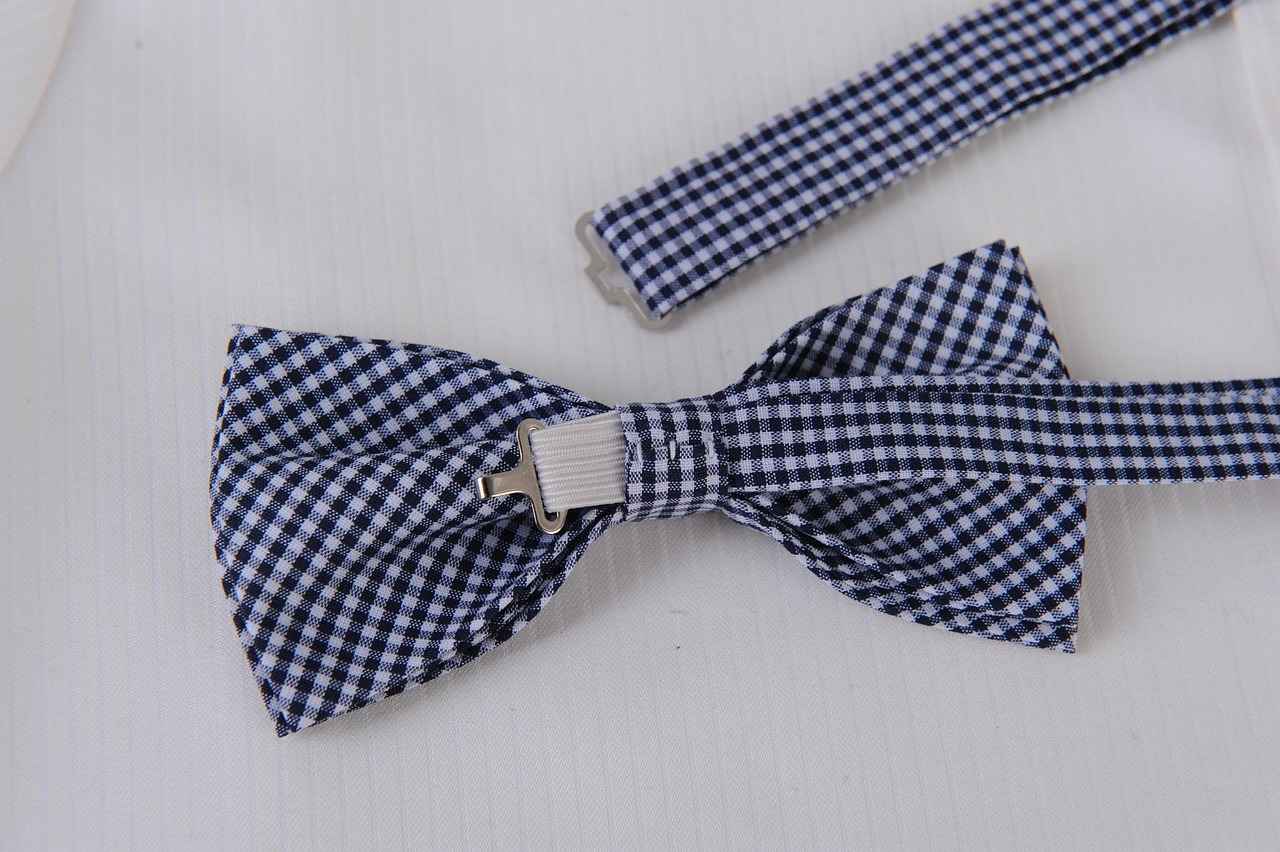
Choosing the Right Fabric for Your Custom Shirt
Selecting the appropriate fabric is essential for ensuring both comfort and durability in your custom shirts. The fabric not only influences the overall look of your design but also affects how it feels against the skin and how long it lasts. Here, we will explore various materials commonly used in custom shirt production, helping you make an informed choice.
- Cotton: Known for its softness and breathability, cotton is a popular choice for casual wear. It is comfortable to wear in various climates and is easy to print on, making it ideal for custom designs.
- Polyester: This synthetic fabric is highly durable and has excellent moisture-wicking properties. It is resistant to shrinking and wrinkles, which can be beneficial for activewear or uniforms.
- Blends: Fabric blends, such as cotton-polyester mixes, offer the best of both worlds. They combine the softness of cotton with the durability of polyester, making them a versatile option for many designs.
Understanding the unique properties of each fabric type is crucial for aligning your choice with the intended use of the shirt. For example, if you’re designing shirts for outdoor activities, you might prioritize moisture-wicking fabrics like polyester. On the other hand, for a more casual or fashion-forward design, cotton may be the preferred option.
Organic vs. Synthetic Fabrics: When considering fabric options, you may also want to evaluate the environmental impact. Organic fabrics are made from natural fibers and are often produced with fewer chemicals, making them a more eco-friendly choice. In contrast, synthetic fabrics, while durable, can have a higher environmental footprint.
Fabric Weight: The weight of the fabric plays a significant role in how the shirt drapes and feels. Lighter fabrics are typically better for warm weather, while heavier fabrics provide warmth and structure, suitable for colder months.
In conclusion, the choice of fabric is a critical component in the custom shirt design process. By carefully considering the properties of various materials, you can ensure that your custom shirts not only look great but also provide the comfort and durability that your customers will appreciate.
Popular Fabric Types for Custom Shirts
When it comes to creating custom shirts, the choice of fabric plays a crucial role in both the comfort and durability of the final product. Understanding the various fabric types available can help you make informed decisions that align with your design vision and the intended use of the shirts.
- Cotton: Known for its softness and breathability, cotton is a popular choice for custom shirts. It’s ideal for casual wear and is comfortable against the skin, making it perfect for everyday use. Additionally, cotton is highly absorbent, which helps keep the wearer cool in warmer weather.
- Polyester: This synthetic fabric is celebrated for its durability and moisture-wicking properties. Polyester shirts are less prone to shrinking and wrinkling compared to cotton, making them a great option for athletic wear or outdoor activities. They dry quickly, which is beneficial for those engaged in sports or high-energy activities.
- Blends: Many custom shirts are made from a blend of cotton and polyester. This combination offers the best of both worlds: the softness of cotton with the durability and wrinkle resistance of polyester. Blended fabrics are versatile and suitable for various occasions.
- Linen: Linen is another excellent option, particularly for warm climates. It is lightweight and breathable, allowing for excellent airflow. However, linen tends to wrinkle easily, which may not be ideal for all designs.
- Rayon: Often used for its silky feel and luxurious appearance, rayon can mimic the look of natural fibers while being more affordable. It drapes beautifully, making it a good choice for stylish custom shirts.
In conclusion, selecting the right fabric for your custom shirt is essential for achieving the desired look and functionality. By understanding the unique benefits of each fabric type, you can create shirts that not only showcase your unique artwork but also meet the practical needs of your customers.
Organic vs. Synthetic Fabrics
When it comes to creating custom shirts, the choice of fabric plays a pivotal role in determining the final product’s quality, comfort, and overall appeal. Two primary categories of fabrics exist: organic and synthetic. Understanding the differences between these two types can greatly influence your design choices.
Organic Fabrics: The Eco-Friendly Choice
Organic fabrics, such as organic cotton, linen, and hemp, are made from natural fibers that are grown without the use of harmful pesticides and fertilizers. This not only makes them better for the environment but also results in a fabric that is often softer and more breathable. Many consumers today are increasingly conscious of their ecological footprint, making organic fabrics a popular choice for those looking to create custom shirts that align with sustainable practices.
Synthetic Fabrics: Durability and Performance
On the other hand, synthetic fabrics like polyester and nylon are known for their durability and resistance to wear and tear. These materials are often moisture-wicking, making them ideal for athletic wear or for individuals who lead active lifestyles. While they may not offer the same breathability as organic options, their longevity and ease of care can make them a practical choice for custom shirt designs.
Weighing the Pros and Cons
When choosing between organic and synthetic fabrics, consider the specific needs of your design. Organic fabrics provide a softer feel and are more environmentally friendly, appealing to eco-conscious consumers. In contrast, synthetic fabrics offer durability and performance, which can be essential for certain applications. Ultimately, the decision should reflect both your design intentions and your target audience’s preferences.
Conclusion
In conclusion, the choice between organic and synthetic fabrics is not merely a matter of preference but one that can significantly impact the success of your custom shirt design. By understanding the unique characteristics of each fabric type, you can make informed decisions that enhance both the aesthetic and functional qualities of your creations.
Fabric Weight and Its Impact on Design
Fabric weight plays a pivotal role in how a shirt drapes and feels against the skin. Understanding the nuances of fabric weight can greatly enhance your custom shirt design, ensuring that it not only looks great but also feels comfortable to wear.
When selecting a fabric, it’s essential to consider its weight, which is typically measured in grams per square meter (GSM). This measurement indicates the density of the fabric, influencing its overall texture and durability. Lighter fabrics, usually weighing around 100-150 GSM, are perfect for summer wear. They provide excellent breathability, making them ideal for hot weather conditions. Fabrics like lightweight cotton or linen allow for air circulation, keeping the wearer cool and comfortable.
On the other hand, heavier fabrics, generally weighing over 200 GSM, offer warmth and structure, making them suitable for colder months. Materials such as flannel or thicker cotton blends not only provide insulation but also give the shirt a more substantial feel, enhancing its drape and overall aesthetic. This added weight can also contribute to a more polished appearance, making it a popular choice for formal or semi-formal occasions.
Choosing the right fabric weight also impacts the printing techniques that can be used effectively. For instance, lighter fabrics are more compatible with methods like direct-to-garment printing, while heavier fabrics may work better with screen printing, which requires a thicker ink application.
In conclusion, understanding fabric weight is crucial when designing custom shirts. It affects not only the comfort and functionality of the shirt but also its visual appeal. By carefully selecting the appropriate fabric weight for your design, you can ensure that your custom shirts are both stylish and comfortable for any season.
Understanding Printing Techniques for Custom Shirts
When it comes to creating custom shirts, the printing method you choose can profoundly affect the final appearance and feel of your product. Each technique has its unique characteristics, advantages, and drawbacks. Familiarizing yourself with these methods will help you make informed decisions that align with your design vision and budget.
- Screen Printing: This traditional method involves creating a stencil (or screen) for each color in your design, allowing for vibrant colors and durability. It’s particularly effective for large orders, providing high-quality prints that can withstand multiple washes. However, it may not be cost-effective for small runs due to setup costs.
- Direct-to-Garment (DTG): This modern technique uses inkjet technology to print directly onto the fabric. DTG allows for intricate designs and a wide range of colors without the need for screens. It’s ideal for small batches and one-off designs, but may not be as durable as screen printing over time.
- Heat Transfer: This method involves printing your design onto special transfer paper and then applying heat to transfer the image onto the shirt. Heat transfer can produce detailed designs and is great for small orders. However, the prints may not be as long-lasting as those produced by screen printing or DTG.
- Sublimation: Primarily used for polyester fabrics, sublimation involves turning solid dye into gas without passing through a liquid state. This method allows for all-over prints and vibrant colors that are embedded in the fabric, making them resistant to fading. However, it’s limited to light-colored polyester materials.
Choosing the right printing technique ultimately depends on your specific needs, including the design complexity, fabric type, and order quantity. Understanding these options will help you achieve the best results for your custom shirt project.

Design Software Options for Creating Artwork
When it comes to creating stunning designs for custom shirts, choosing the right software is crucial. The software you select can greatly influence the quality of your artwork, making it essential to explore various options that cater to different skill levels and requirements.
- Adobe Illustrator: This industry-standard vector graphics software is perfect for creating intricate designs. Its powerful tools allow for precise control over shapes, colors, and typography, making it a favorite among professional designers.
- CorelDRAW: Another robust vector graphic editor, CorelDRAW offers a user-friendly interface and a range of features suitable for both beginners and experts. Its flexibility makes it ideal for custom shirt designs.
- Canva: For those who prefer a more accessible option, Canva is a fantastic free alternative. It provides a variety of templates and design elements, making it easy for anyone to create visually appealing artwork without extensive design experience.
In addition to these popular choices, there are several other software options to consider:
- Inkscape: A free, open-source vector graphics editor that is great for beginners and offers many features similar to Adobe Illustrator.
- Affinity Designer: A cost-effective alternative that provides powerful vector and raster design tools, suitable for professional-quality designs.
Vector vs. Raster Graphics: Understanding the difference between these two types of graphics is essential. Vector graphics are made of paths and can be scaled infinitely without losing quality, making them ideal for t-shirt designs. In contrast, raster graphics, composed of pixels, can lose clarity when resized.
Utilizing templates can also streamline your design process. Many platforms, including Canva and Adobe Spark, offer customizable templates that ensure your designs maintain the correct dimensions and layouts.
In conclusion, the right design software can significantly enhance your ability to create high-quality artwork for custom shirts. By exploring various options and understanding the tools available, you can find the perfect fit for your creative needs.
Vector vs. Raster Graphics
Understanding the distinction between vector and raster graphics is crucial for anyone involved in graphic design, especially when it comes to creating custom shirts. Each type of graphic has its unique characteristics, advantages, and disadvantages that can significantly affect the quality of your final product.
What Are Vector Graphics?
Vector graphics are created using mathematical equations, allowing them to be scaled to any size without losing quality. This makes them ideal for designs that require resizing, such as logos or artwork for t-shirts. The clean lines and sharp edges of vector images ensure that your designs maintain their integrity, whether printed on a small shirt or a large banner.
What Are Raster Graphics?
On the other hand, raster graphics are composed of pixels. This means that when they are scaled up, they can become blurry or pixelated. Common raster formats include JPEG, PNG, and GIF. While raster images can capture intricate details and complex color gradients, they are not suitable for designs that require frequent resizing or scaling.
When to Use Each Type
- Use Vector Graphics: For logos, illustrations, and designs that need to be resized frequently.
- Use Raster Graphics: For photographs and images that require detailed color depth.
Conclusion
In summary, choosing between vector and raster graphics depends on your specific needs and the nature of your design. For custom shirt designs, vector graphics are often the preferred choice due to their scalability and quality retention. Understanding these differences will help you make informed decisions in your design process, ultimately leading to better results and a more professional finish for your custom shirts.
Utilizing Templates for Your Designs
When venturing into the world of custom shirt design, templates can be invaluable tools that significantly enhance your creative process. They provide a structured framework that helps you maintain the correct dimensions and layout for your artwork, ensuring a polished final product. By using templates, you can focus more on your artistic vision rather than getting bogged down by technical specifications.
Many online platforms and design software offer a variety of customizable templates tailored for different styles and shirt types. These templates often come with pre-set guidelines that assist in positioning your designs correctly. This feature is particularly beneficial for those who may not have extensive design experience, as it simplifies the process and minimizes the risk of errors.
Moreover, templates can inspire creativity. By starting with a base design, you can experiment with colors, graphics, and typography more freely. This flexibility encourages innovation, allowing you to develop unique pieces that resonate with your target audience. Whether you are designing for personal use or aiming to launch a product line, templates can serve as a springboard for your creativity.
When selecting templates, consider the following:
- Compatibility: Ensure the template works with your preferred design software.
- Customization Options: Look for templates that allow for extensive personalization.
- Quality and Resolution: High-quality templates ensure your designs look professional when printed.
In conclusion, leveraging templates in your custom shirt design process can streamline production and enhance creativity. By utilizing these resources, you position yourself for success, allowing your unique artwork to shine through in every piece you create.
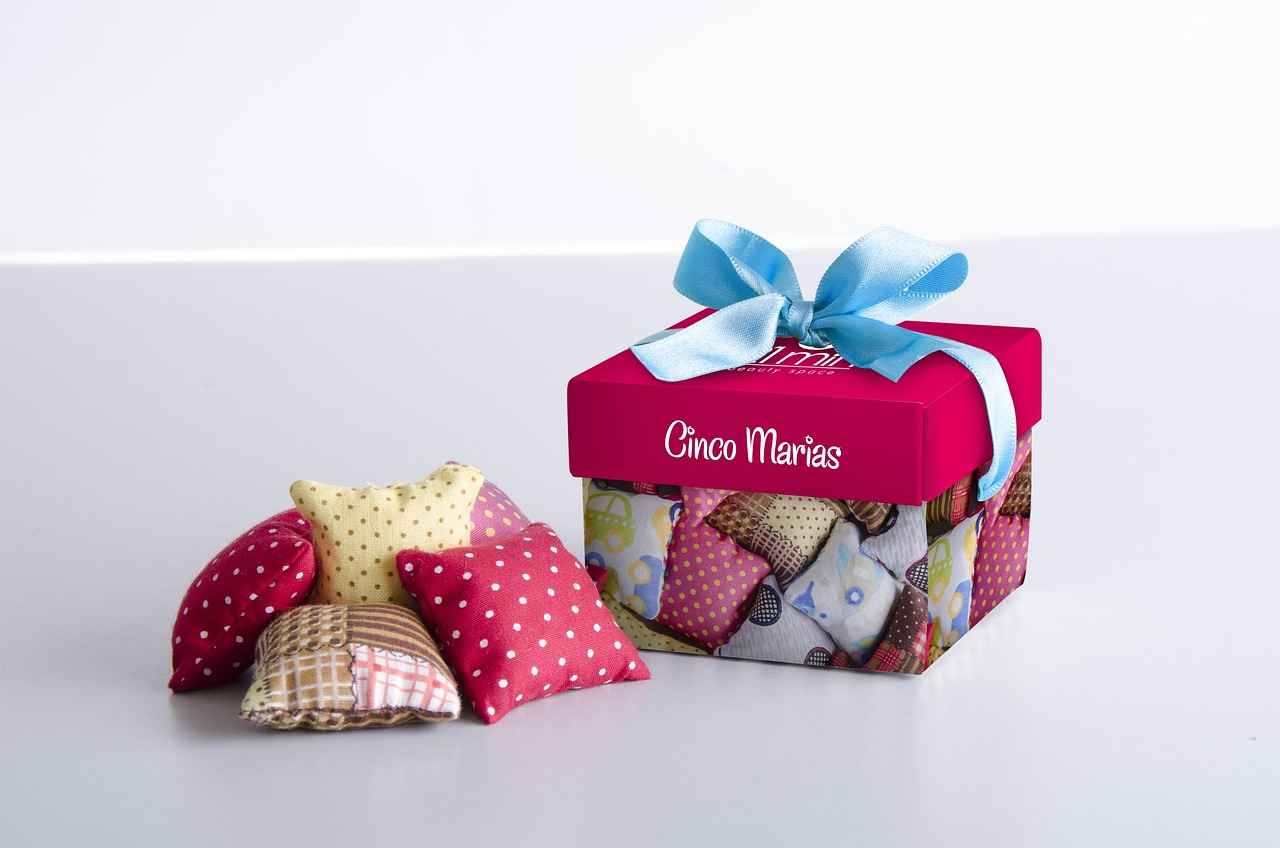
Finding a Reliable Printing Service
is essential for ensuring that your custom shirts meet your expectations in quality and design. The right printing service can turn your creative vision into a tangible product, while a subpar choice may result in disappointment. Here’s how to navigate the selection process effectively.
First, conduct thorough research. Start by exploring both local and online printing services. Local options can provide the advantage of face-to-face consultations, allowing you to discuss your design and fabric choices in person. Online services, on the other hand, often have a wider range of options and competitive pricing.
- Check Customer Reviews: Look for feedback on platforms like Google, Yelp, or specialized forums. Reviews can provide insight into the quality of work and customer service.
- Request Samples: Before committing, ask for samples of their previous work. This helps you assess the print quality, fabric feel, and overall craftsmanship.
- Compare Pricing: While cost shouldn’t be the only factor, it’s important to compare prices among different services. Ensure that you understand what is included in the price, such as setup fees or shipping costs.
Next, understand the printing techniques they offer. Different methods, such as screen printing, direct-to-garment (DTG), and heat transfer, can affect the final look and feel of your shirts. Each technique has its advantages and is suitable for different types of designs.
Lastly, consider turnaround times. Knowing how long it will take to receive your shirts is crucial for planning, especially if you have a specific deadline for an event or promotion. Make sure to communicate your needs clearly to the printing service.
In conclusion, selecting a reliable printing service requires careful consideration and research. By evaluating customer feedback, requesting samples, comparing costs, and understanding printing techniques, you can ensure that your custom shirts are produced to your satisfaction.
Comparing Costs and Quality
is a crucial step when selecting a printing service for your custom shirts. Ensuring that you receive the best value for your money while maintaining high-quality standards can make a significant difference in the final product.
First and foremost, it’s essential to gather multiple quotes from different printing services. This allows you to have a benchmark for pricing and helps you identify any outliers. However, don’t just focus on the cost; consider the following aspects:
- Quality of Materials: Cheaper services may use subpar materials that can affect the durability and feel of your shirts. Always inquire about the types of fabrics and inks used.
- Printing Techniques: Different printing methods such as screen printing, direct-to-garment, and heat transfer have varying costs and quality outcomes. Understanding these methods can help you make informed decisions.
- Customer Reviews: Look for feedback from previous customers. Websites like Trustpilot or Yelp can provide insights into others’ experiences with the service.
- Samples: Requesting samples of previous work can give you a tangible sense of the quality you can expect. This is a vital step in your evaluation process.
In addition to these factors, consider the reputation of the printing service. A company with a long-standing history of satisfied customers is often a safer choice than a new or lesser-known provider.
Lastly, don’t forget to ask about turnaround times. A low-cost service may not be worth it if they cannot deliver your shirts on time. Balancing cost with quality and reliability is key to a successful custom shirt project.
Understanding Turnaround Times
When embarking on the journey of creating custom shirts, turnaround times play a crucial role in the overall planning and execution of your project. These times can vary significantly depending on the service provider you choose, the complexity of your design, and the printing techniques employed. Understanding these factors will help you make informed decisions and ensure that your custom shirts are ready when you need them.
Generally, turnaround times can range from a few days to several weeks. For instance, local printing services may offer quicker turnaround times, especially for small orders, while online services might take longer due to shipping and processing times. It is essential to consider these timelines when planning your project, especially if you have a specific deadline, such as an event or a promotional campaign.
Additionally, the type of printing method you select can influence the time it takes to complete your order. Techniques such as screen printing often require longer lead times due to the setup involved, whereas direct-to-garment printing might allow for faster production, especially for designs with many colors.
Order Size Matters. The size of your order can also affect turnaround times. Smaller orders may be processed faster, while larger quantities may necessitate more time for production. It’s advisable to communicate your needs clearly with your chosen service provider to get an accurate estimate of when you can expect your shirts.
In conclusion, knowing the expected turnaround times for your custom shirt project is vital for effective planning. By understanding the variables that influence these times, you can better manage your expectations and ensure timely delivery of your custom shirts.

Marketing Your Custom Shirts
Once your custom shirts are created, the next vital step is to implement effective marketing strategies to reach your target audience. This section will explore various methods, including social media promotion, online sales, and participation in local events, to help you successfully promote your unique designs.
- Leveraging Social Media for Promotion
Social media platforms such as Instagram, Facebook, and Pinterest are essential tools for showcasing your custom shirt designs. Create engaging content that highlights your shirts in various settings, such as lifestyle photos or user-generated content. Utilize targeted ads to reach specific demographics interested in fashion and custom apparel.
- Setting Up an Online Store
Establishing an online store is crucial for selling your custom shirts directly to consumers. Platforms like Shopify, Etsy, and WooCommerce offer user-friendly interfaces for setting up your shop. Ensure your store is visually appealing, with high-quality images and detailed product descriptions to attract customers.
- Participating in Local Events
Local events such as craft fairs, markets, and community festivals provide excellent opportunities to showcase your shirts. Set up a booth to display your products and engage with potential customers directly. Offering exclusive event discounts can also incentivize purchases on the spot.
- Collaborating with Influencers
Partnering with influencers in the fashion niche can help expand your reach. Look for influencers whose style aligns with your brand and who have an engaged following. A well-placed post or story can introduce your shirts to a broader audience and build credibility.
- Email Marketing Campaigns
Building an email list allows you to keep your audience informed about new designs, promotions, and events. Create visually appealing newsletters that resonate with your brand’s aesthetic. Personalized emails can significantly increase engagement and conversion rates.
Conclusion
In conclusion, effective marketing strategies are essential for promoting your custom shirts. By leveraging social media, setting up an online store, participating in local events, collaborating with influencers, and utilizing email marketing, you can successfully reach and engage your target audience, ensuring your unique designs gain the visibility they deserve.
Leveraging Social Media for Promotion
In today’s digital age, social media platforms have emerged as powerful tools for promoting your custom shirt designs. These platforms not only allow you to showcase your creations but also enable you to connect with potential customers in a meaningful way. Here are several strategies to effectively leverage social media for your promotional efforts:
- Create Engaging Content: High-quality images of your shirts, behind-the-scenes videos of the design process, and customer testimonials can significantly enhance engagement. Utilize platforms like Instagram and Pinterest, which are visually driven, to capture attention.
- Utilize Targeted Advertising: Social media platforms offer sophisticated targeting options that allow you to reach specific demographics. By creating targeted ads, you can promote your custom shirts to users who are most likely to be interested in your designs.
- Engage with Your Audience: Responding to comments, hosting Q&A sessions, and conducting polls can help build a community around your brand. Engaging with your audience fosters loyalty and encourages word-of-mouth referrals.
- Collaborate with Influencers: Partnering with social media influencers who align with your brand can expand your reach. Influencers can introduce your custom shirts to their followers, providing you with a new audience.
- Utilize Hashtags Effectively: Incorporating relevant hashtags in your posts can increase visibility. Research popular hashtags within the fashion and custom apparel niche to attract more views.
By implementing these strategies, you can maximize your presence on social media, effectively showcasing your designs and attracting potential customers. Remember, consistency is key; regularly update your content and engage with your audience to maintain interest and drive sales.
Setting Up an Online Store
is a crucial step for anyone looking to sell custom shirts featuring their unique designs. This process not only allows you to reach a broader audience but also provides a platform to showcase your creativity. In this section, we will explore the essential steps and considerations for successfully launching your online store.
First and foremost, selecting the right platform is vital. Platforms like Shopify and Etsy are popular choices due to their user-friendly interfaces and extensive support. Shopify is ideal for those looking for a dedicated e-commerce solution, while Etsy caters to artisans and crafters, making it perfect for unique, handmade items.
- Shopify: Offers customizable templates, payment processing, and inventory management.
- Etsy: Focuses on handmade and vintage items, providing a built-in audience of potential buyers.
Once you’ve chosen a platform, the next step is to design your online store. This involves creating a visually appealing layout that aligns with your brand identity. Use high-quality images of your shirts, and ensure that your product descriptions are detailed and engaging. Incorporating keywords related to your products can improve your search engine optimization (SEO) and help potential customers find your store more easily.
Additionally, consider implementing marketing strategies to drive traffic to your online store. Utilize social media platforms like Instagram and Facebook to showcase your designs and engage with your audience. Running targeted ads can also help reach specific demographics interested in custom apparel.
Finally, it’s essential to provide excellent customer service. Respond promptly to inquiries, offer flexible return policies, and ensure timely shipping. Building a strong relationship with your customers can lead to repeat business and positive word-of-mouth referrals.
In conclusion, setting up an online store for your custom shirts involves careful planning, creative design, and effective marketing. By leveraging the right tools and strategies, you can successfully launch your business and share your unique creations with the world.

Conclusion: Bringing Your Custom Shirt Ideas to Life
Creating custom shirts with your own artwork is a truly rewarding endeavor. This creative journey allows you to express your individuality and share your unique designs with the world. To successfully bring your vision to life, it’s essential to focus on several key areas: materials, printing techniques, and effective marketing strategies.
First and foremost, understanding the materials you will use is crucial. The choice of fabric can significantly affect the comfort and durability of your shirts. Popular options include cotton, known for its softness and breathability, and polyester, which offers durability and moisture-wicking properties. Additionally, consider organic fabrics for an eco-friendly approach, which can enhance the appeal of your designs.
Next, familiarize yourself with various printing techniques. Methods such as screen printing, direct-to-garment printing, and heat transfer can yield different results. Each technique has its advantages, and understanding these will help you choose the best fit for your artwork. For instance, screen printing is ideal for bold designs, while direct-to-garment is perfect for intricate details.
Once you have created your designs, finding a reliable printing service is essential. Look for services that offer high-quality prints and have positive customer reviews. Comparing costs and turnaround times can also help you make an informed decision.
After your shirts are printed, the next step is marketing your creations. Utilize social media platforms to showcase your designs and engage with potential customers. Setting up an online store can also streamline the sales process, making it easier for customers to purchase your shirts directly.
In conclusion, with the right combination of materials, techniques, and marketing strategies, you can successfully share your custom shirt designs with the world. This process not only allows for personal expression but can also lead to a fulfilling business venture.
Frequently Asked Questions
- What materials are best for custom shirts?
When creating custom shirts, cotton is a popular choice for its softness and breathability, while polyester is known for its durability and moisture-wicking properties. Blends can offer the best of both worlds, so consider your design and intended use when selecting fabric.
- What printing techniques should I consider?
There are several printing methods to choose from, including screen printing, which is great for bulk orders, and direct-to-garment (DTG) printing, which allows for high-quality, detailed designs. Heat transfer is another option, especially for smaller runs or intricate designs.
- How do I choose the right design software?
Selecting the right design software is crucial. Adobe Illustrator and CorelDRAW are excellent for professional designs, while Canva offers user-friendly options for beginners. Make sure to choose software that supports the type of graphics you want to create.
- What should I look for in a printing service?
When selecting a printing service, consider quality, cost, and turnaround time. Research customer reviews and request samples to ensure the service meets your expectations. A reliable service will help bring your designs to life!
- How can I effectively market my custom shirts?
Utilizing social media is a fantastic way to promote your shirts. Create engaging content, share your designs, and consider running targeted ads. Additionally, setting up an online store on platforms like Shopify or Etsy can help you reach a broader audience.
